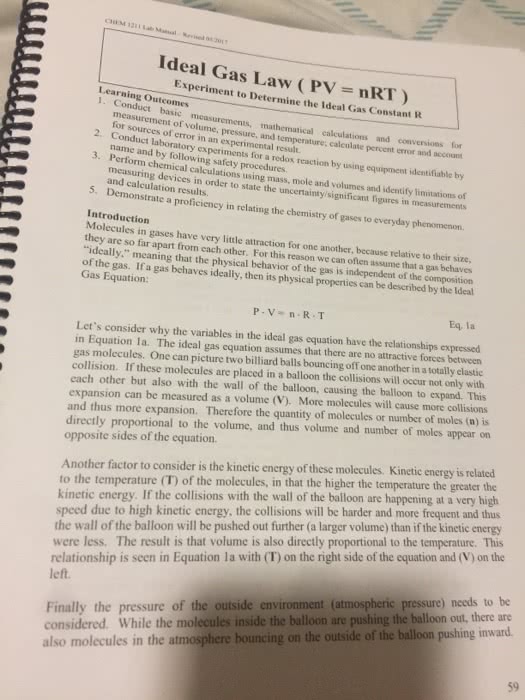CHEM 230 Lecture Notes - Lecture 1: Intermolecular Force, Ideal Gas Law, Neon
Document Summary
We do assume that there are no intermolecular interactions and the particles collide with the wall. Temperature is the average kinetic energy of the particles (kinetic energy is the energy associated with motion) All the particles don"t (cid:523)maybe(cid:524) have the same mass and they all don"t have the same. But the average is always on the higher side so it"s an asymmetric curve velocity. More particles have the speed at the highest peak than any other speed. If you go to the left, you reach a level of 0 ke which means the particles are not moving. On the other end, you can move infinitely so there are more possibilities on that side. If you put two objects of differing temperatures together, they both become the same temperature. When fahrenheit developed his temperature scale (of), he chose the temperature of. Then he divided the distance in his thermometer between these two points into 100 equal divisions or degrees.


